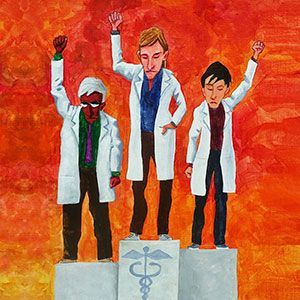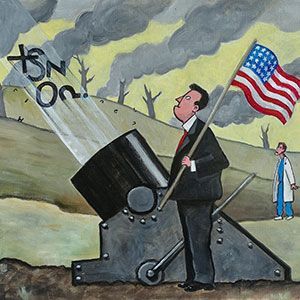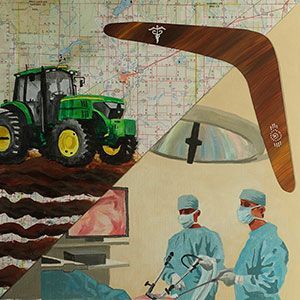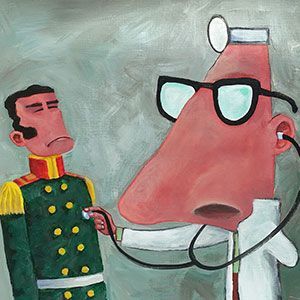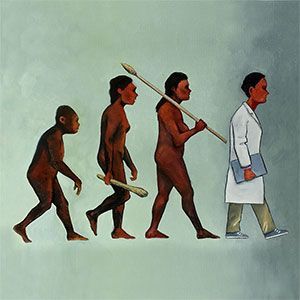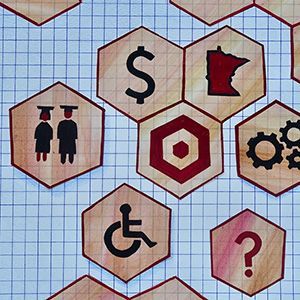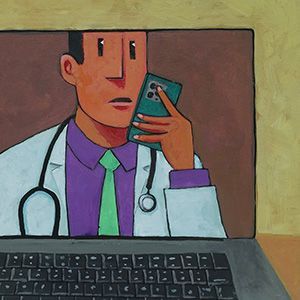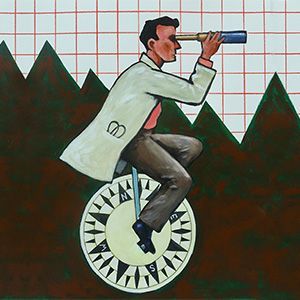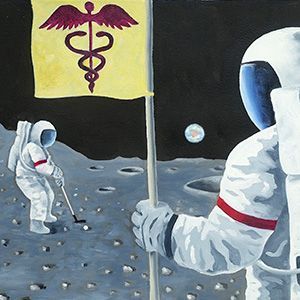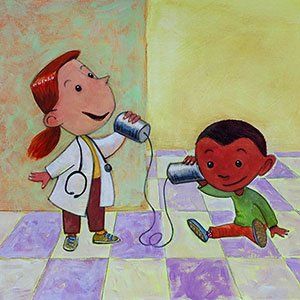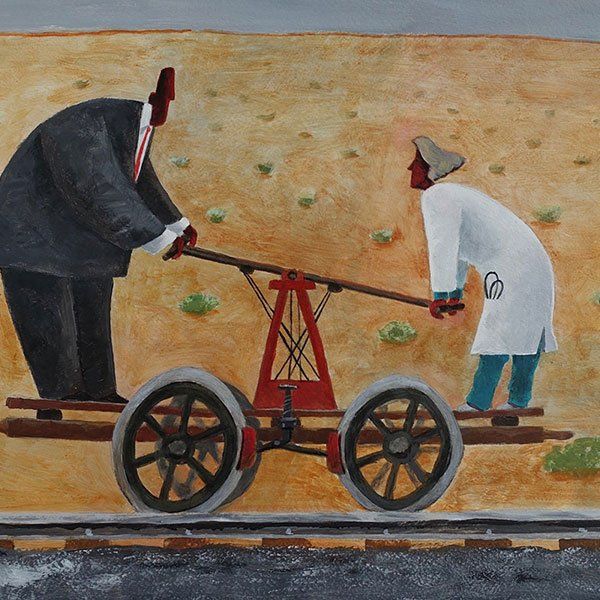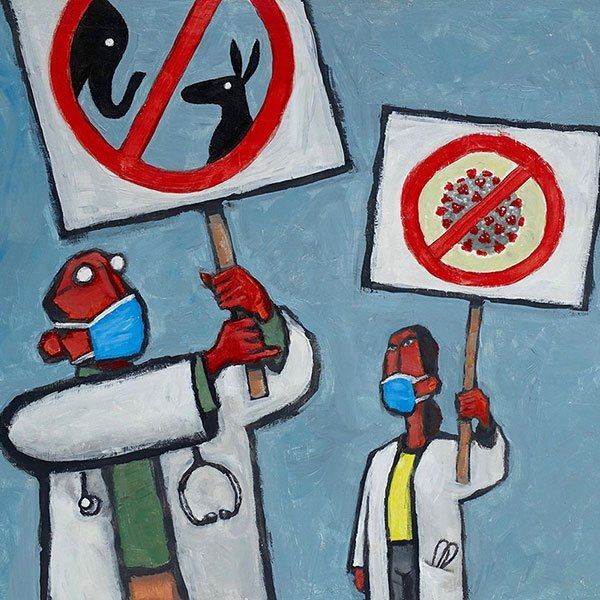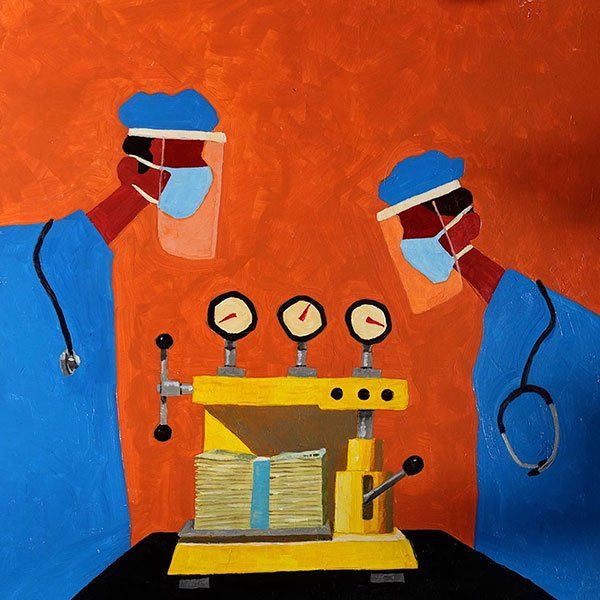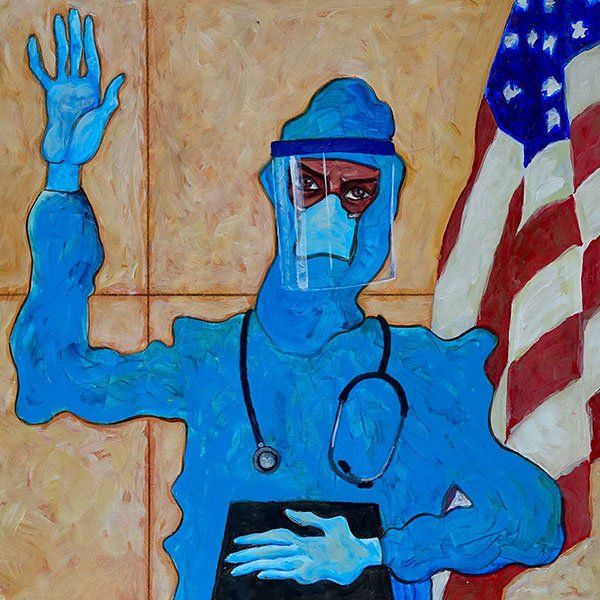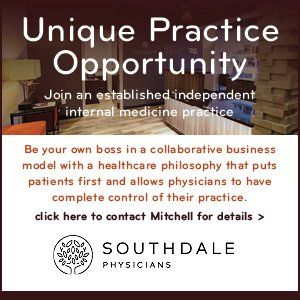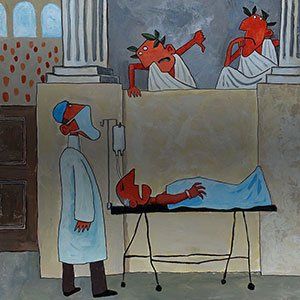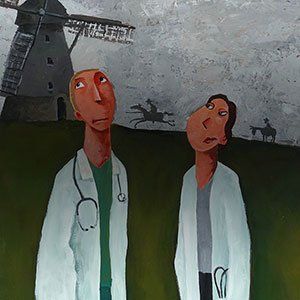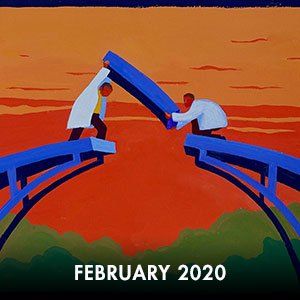PAST ISSUES
december 2020, VOLUME XXXIV, NUMBER 9
cover story one
Corporate Culture in Health Care: Accountabilities of Governing Boards
BY DANIEL K. ZISMER, PH.D.
For many community hospitals and health systems employed physicians now drive the lion’s share of clinical care, and by extension the economics and financial performance of the organization. For some, physician services organizations actually define the brand and the strategic differentiation of the organization.
cover story two
Administrative Overload: Breaking down what’s breaking down
By Todd Archbold, LSW, MBA
interview
Creating a WellCare Ecosystem
Craig Samitt, MD, MBA
Blue Cross Blue Shield of Minnesota
HEALTH INFORMATION TECHNOLOGY
Digital Therapeutics: An emerging field
BY MEGAN CODER, PHARMD, MBA, AND CHRISTINA NYQUIST
SENIOR CARE
The Age Friendly Network: Making communities livable for seniors
BY WILL PHILLIPS
SURGERY
Turning the Table: Advancements in nerve repair saved surgical career
BY PATRICK H. SMOCK, MD
BEHAVIORAL HEALTH
Physician Moral Distress: A reckoning with unmet needs
BY TIMOTHY J. USSET, MDIV, MPH, MIKE KOOPMEINERS, MD AND JOSHUA T. MORRIS, PHD, BCC
BEHAVIORAL HEALTH
An Epidemic Within a Pandemic: System-Level Changes for Physician Wellbeing
BY MICHELLE D. SHERMAN, PHD LP ABPP, ADAM SATTLER, PHD LP, BARBARA CARVER PSYD, LP, ROSEAN BISHOP, PHD LP, JENNIFER NELSON ALBEE, MSW, LICSW
november, VOLUME XXXIV, NUMBER 8
cover story one
100 MOST INFLUENTIAL: HEALTH CARE LEADERS
We are pleased to present this special feature recognizing 100 leaders who help make health care in Minnesota a global model of excellence. Once every four years we invite our readers to submit the names of colleagues whose outstanding leadership can be acknowledged in these pages. We thank all those who participated in the nomination process and those who helped with the submissions.
cover story two
Telehealth and Data Privacy: Important questions to ask
BY TWILA BRASE, RN, PHn
HEALTH INFORMATION TECHNOLOGY
Artificial Intelligence: A new medical colleague
BY SISI MA, PHD, CHRISTOPHER TIGNANELLI, MD, AND DEMETRI YANNOPOULOS, MD
October 2020, VOLUME XXXIV, NUMBER 7
cover story one
Keeping Politics Out of Science and Public Health: COVID-19 Shines a Light
BY PENNY WHEELER, MD AND EMILY BARSON
COVID-19 has magnified the critical problems in our health care system, heightened people’s awareness of its flaws, as well as the need to improve it. One needn’t look further than the fact that the United States accounts for 22 percent of global COVID-19 deaths despite making up 4 percent of the global population.
cover story two
What’s 20% Over the National Norm?: Health Care Costs in St.Cloud
BY JULIE ANDERSON, M.D. AND DERIK WELDON, M.D.
BEHAVIORAL HEALTH
Improving Patient Outcomes: Tools for promoting healthy behavior
STEPHANIE A. HOOKER, PHD, MPH, MICHELLE D. SHERMAN, PHD, ABPP AND ANDREW H. SLATTENGREN, DO, FAAFP
INFECTIOUS DISEASE
Treating COVID-19 with corticosteroid: Positive worldwide collaboration
BY JAMES W. LEATHERMAN, MD, AND JOHN B. PFLUGI, DO
RURAL HEALTH
COVID on the North Shore: Establishing trust to meet the challenge
KURT FARCHMIN, MD
SENIOR CARE
Treating Underserved Aging Patients: Never make presumptions
LAURA PATTISON, MD AND MORGAN WEINERT, RN, MSN, AGPCNP
PEDIATRICS
Autism Spectrum Disorder: Advances in diagnosis and treatment
RACHEL BIES, M.D., ANGELA HEITZMAN, PSYD, LP AND VANESSA SLIVKEN, MA, LMFT
September 2020, VOLUME XXXIV, NUMBER 6
cover story one
Recalibrating Medicare reimbursement: Proposed CMS guidelines spell disaster
BY KIT CRANCER AND ZACHARY BRUNNERT
A long-term goal of the current administration has been to increase reimbursement rates to primary care providers. Under the latest Medicare Physician Fee Schedule (MPFS) from the Centers for Medicare and Medicaid Services (CMS), primary care and other clinicians who charge for evaluation and management (E/M) services are set to see significant, and much needed, reimbursement increases.
cover story two
A dual pandemic: Real virus—fake news
BY KRISTEN R. EHRESMANN, MPH, RN, AND SARAH LIM, MBBCH
interview
Teaming up to serve patients
Bevan Yueh, MD, MPH
University of Minnesota Physicians
MEDICINE AND THE LAW
Redefining hospital malpractice: Expanded liability for independent contractors
BY BESSE MCDONALD, JD, AND JULIA J. NIERENGARTEN, JD
ARCHITECTURE
Designing inpatient adolescent health: DHS and space innovation lead the way
BY MARK L. HANSEN, AIA, AND DAVE MOGA, AIA, NCARB, EDAC, LEED AP
INFORMATION TECHNOLOGY
A telemedicine check-up: A look at some survey data
BY DAVID HOLT, JD
CARDIOLOGY
Bioprinting 3D heart pumps: A concept that is gaining traction
BY MOLLY KUPFER, PHD, AND BRENDA OGLE, PHD
PATIENT PERSPECTIVE
Caring for the disabled: Pandemic-driven new challenges
BY JOAN WILLSHIRE, MPA
August 2020, VOLUME XXXIV, NUMBER 5
cover story one
Professional liability in a pandemic: Risk management concerns
BY CAROLYN MCCLAIN, MD
This is not an easy time to be a doctor. To care for patients, we must wear N-95 masks, welder’s helmets, gowns, and several sets of gloves—and for the first few months of the pandemic, we didn’t have enough. As a result, surgeries, biopsies, mammograms, and other critical health care procedures and consults were delayed. Heart attacks, strokes, and cancer have persisted, but have fallen under the shadow of COVID-19.
cover story two
Professional liability in a pandemic: Risk management concerns
BY CAROLYN MCCLAIN, MD
interview
Addressing the opportunity gap
Nathan Chomilo, MD, FAAP
Department of Human Services
PUBLIC POLICY
Addressing a systemic problem: Why we need a “Patient’s Choice” law
BY CHARLES E. CRUTCHFIELD III, MD
PUBLIC HEALTH
Addressing a systemic problem: Why we need a “Patient’s Choice” law
BY CHARLES E. CRUTCHFIELD III, MD
PUBLIC HEALTH
Education as health: A partnership that is changing lives
BY BRUCE CANTOR, MD, MS
MORE PAST ISSUES







